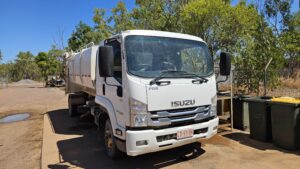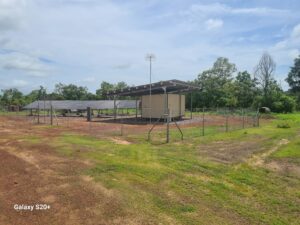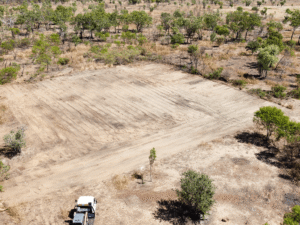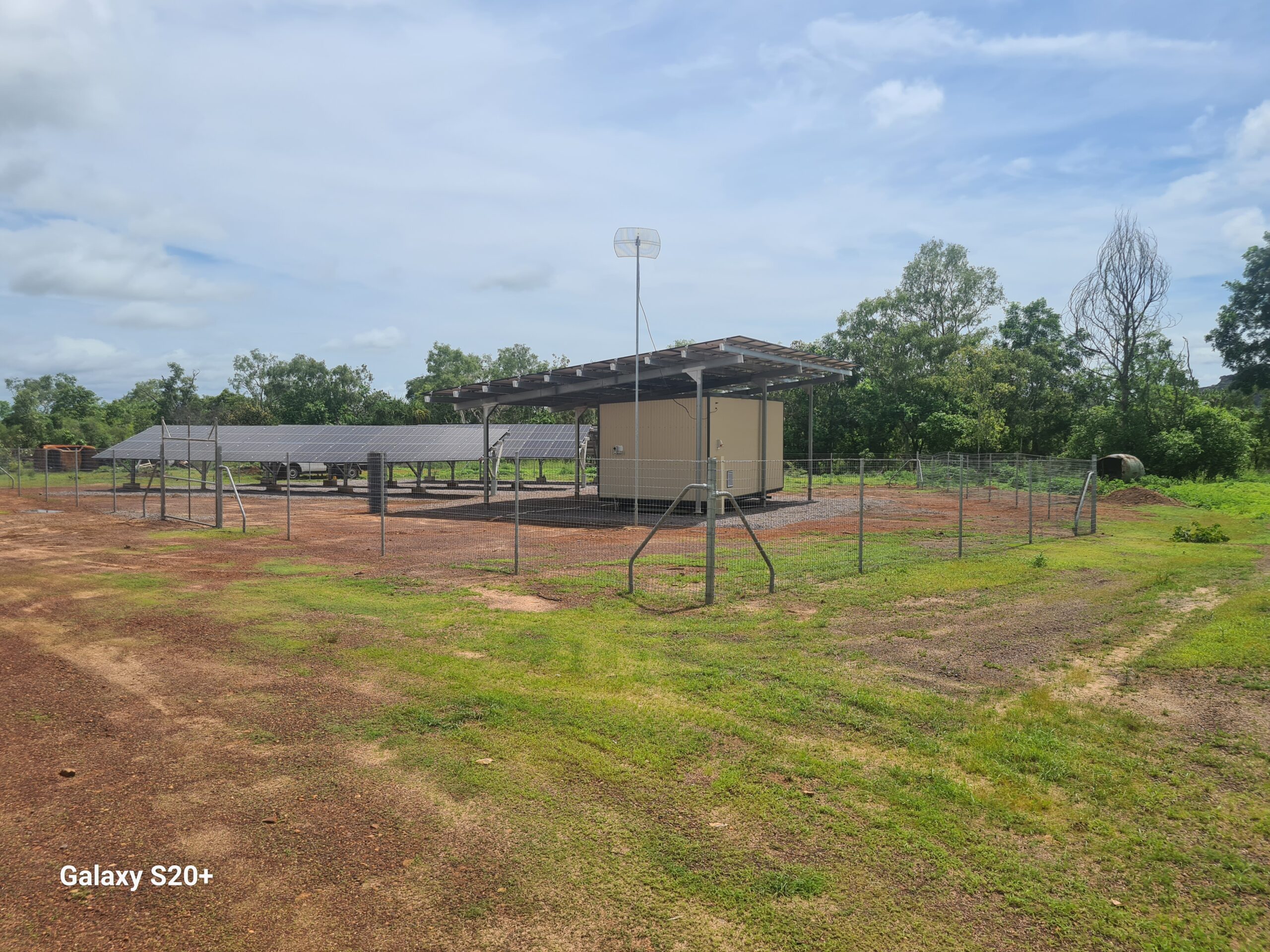In the heart of Australia’s Northern Territory, where rivers and creeks flood for months, cutting off road access to vital supplies, communities in remote homelands face unique challenges when it comes to energy. For many years, these communities have relied on diesel-powered generators for electricity—an expensive and maintenance-heavy solution. But the introduction of solar power stations has transformed energy access in these regions, offering reliable, sustainable, and cost-effective alternatives.
In this blog, we explore how solar power is empowering remote communities, addressing the difficulties posed by unreliable road access and the ongoing costs of maintaining diesel gensets.
The Remote Reality: Powering a Homeland
Imagine a small, isolated community in the Northern Territory. Nestled in a region where flooding is a seasonal norm, these communities face a harsh reality: getting essential supplies like diesel fuel is no easy task. Roads can remain impassable for months due to rising rivers and swollen creeks, forcing the community to rely on costly airlifts by helicopter to bring in diesel for their generators.
For years, these diesel-powered systems were the backbone of energy supply. They kept the lights on, powered homes, schools, and medical clinics. But the logistical challenges of getting diesel fuel during the wet season—coupled with the environmental and financial burdens of constant maintenance—meant that this solution was far from ideal.

The Solar Solution: A Game Changer
The arrival of solar power stations in these communities has been a game changer. Unlike diesel generators, which require constant deliveries of fuel, regular maintenance, and a fleet of spare parts, solar power relies on an abundant, renewable energy source: the sun. Solar power stations offer several key advantages over traditional diesel systems, especially in remote locations:
- Reliable Power Supply in Remote Regions
The Northern Territory’s vast landscape can present significant challenges to power reliability, especially during the wet season. Traditional diesel generators are often unreliable, prone to breakdowns due to the harsh environment, and dependent on fuel that may not be available for weeks or even months. Solar power stations, on the other hand, provide a consistent and reliable energy supply, even when roads are flooded and access to the community is limited.
Solar panels are capable of producing energy throughout the day, converting sunlight into electricity, which can be stored in batteries for use during the night. This ensures that the community has a continuous power supply, even when the skies are cloudy or rainy, a common occurrence during the wet season. By relying on solar, communities reduce their dependence on external deliveries and increase their self-sufficiency.
- Cost Savings: Reducing Diesel Dependency
The cost of running diesel generators is a significant burden for remote communities. Not only is the price of diesel fuel high—particularly when it has to be airlifted—but the maintenance and repair costs associated with these generators can add up quickly. In contrast, solar power stations are a one-time investment with minimal ongoing costs.
Once installed, solar systems require very little maintenance. They do not need regular fuel shipments, and the cost of operating and maintaining solar panels is a fraction of the cost of running diesel generators. These savings can be directed towards other community needs, such as improving infrastructure.
- Environmental Benefits: A Greener Future
The environmental impact of using diesel generators is undeniable. Not only do these generators emit harmful pollutants into the atmosphere, but transporting diesel fuel to remote communities contributes to carbon emissions. Solar power, on the other hand, is a clean, green energy source that helps reduce a community’s carbon footprint. By shifting to solar, these communities are making a positive impact on the environment while securing their energy needs.
- Sustainability for the Long-Term
Solar power offers a long-term solution that supports sustainability. As the world increasingly turns to renewable energy to combat climate change, communities in remote Northern Territory homelands can benefit from an energy system that is both economically and environmentally sustainable. The upfront investment in solar infrastructure may seem significant, but over time, the savings on diesel and maintenance far outweigh the initial costs, making solar a more sustainable choice in the long run.

Overcoming the Challenges of Installation
Of course, installing solar power stations in remote locations is not without its challenges. The logistics of getting the equipment to these areas can be difficult, especially during the wet season when roads are impassable. However, with advancements in technology and support from government and non-government organizations, solar installations are becoming more accessible to these communities.
Additionally, the communities themselves often play an active role in managing and maintaining the systems, ensuring that the installations remain functional for years to come. This hands-on involvement fosters a sense of ownership and pride, contributing to the long-term success of the solar projects.
Looking Ahead: A Brighter Future at Cannon Hill in Kakadu funded through Aboriginal Benefits Account (ABA)
As the Northern Territory continues to embrace renewable energy solutions, the future of remote communities looks brighter. Solar power stations not only provide a reliable and cost-effective energy source but also offer a pathway to greater energy independence and sustainability. With the added benefit of reducing reliance on diesel generators, communities in the Northern Territory can look forward to a future where power outages and fuel shortages are a thing of the past.
By investing in solar energy, these communities are taking control of their energy future, ensuring that they can power their homes in a way that is both affordable and environmentally responsible. As more communities adopt solar power, they pave the way for a cleaner, greener, and more self-sufficient homeland.
In the end, solar power is more than just a solution to a technical problem—it’s a way to enhance the quality of life in remote Northern Territory homelands, ensuring that residents can thrive, no matter how high the floodwaters rise.




